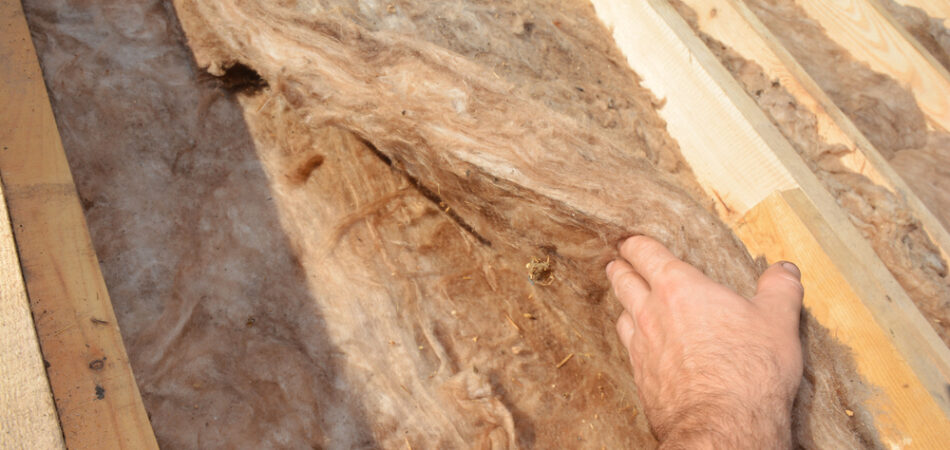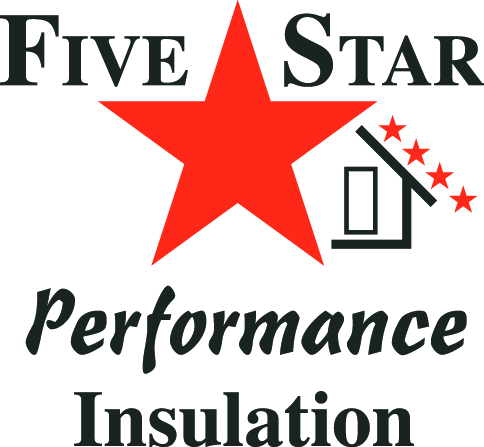
Insulation plays a crucial role in maintaining comfort and energy efficiency within homes. When insulation is inadequate or deteriorating, it can lead to a range of issues that affect both the comfort of living spaces and energy bills. Identifying signs of poor insulation early on can help homeowners take timely action to resolve these issues. Here, we explore some common indicators that your insulation may not be performing optimally and discuss effective solutions to rectify these problems.
Signs That Your Insulation Might Be Inadequate
High Energy Bills
One of the most noticeable signs of poor insulation is an increase in energy bills. If your heating and cooling costs have been steadily rising despite regular usage patterns, it could indicate that your insulation is not effectively regulating indoor temperatures. Poor insulation forces HVAC systems to work harder to maintain desired temperatures, resulting in higher energy consumption and increased utility expenses.
Fluctuating Indoor Temperatures
Inconsistencies in indoor temperature levels are another red flag. Rooms that are significantly warmer or cooler than others in the house, even when the HVAC system is running, suggest that heat transfer through walls, floors, or ceilings is not being adequately regulated. This inconsistency is often a result of insufficient insulation in certain areas of the home.
Drafts and Cold Spots
Feeling drafts or noticing cold spots in specific areas of your home, especially near windows, doors, or walls, indicates that cold air is infiltrating and warm air is escaping. This is a clear indication of poor insulation or gaps that need to be sealed to maintain thermal comfort indoors.
Moisture Issues
Poorly insulated areas can contribute to moisture problems within a home. Condensation on walls or ceilings, mold growth, or even water stains could be signs that insulation is allowing too much moisture to accumulate indoors. Moisture buildup not only compromises indoor air quality but also can lead to structural damage over time.
Ice Dams
In regions experiencing cold winters, ice dams on roofs can indicate inadequate insulation and ventilation in the attic. Ice dams form when heat from the interior of a home escapes into the attic, causing snow on the roof to melt and refreeze at the eaves. This cycle can lead to water damage and roof leaks, highlighting the need for improved insulation to prevent heat loss through the attic.
How to Assess Insulation Performance
Conducting an Inspection
To determine if your insulation is performing adequately, consider conducting a visual inspection of key areas such as the attic, walls, floors, and crawl spaces. Look for signs of wear, damage, or gaps where insulation may be lacking. In some cases, hiring a professional energy auditor can provide a more thorough assessment using specialized tools like infrared cameras to detect heat loss.
Performing a Home Energy Audit
A comprehensive home energy audit can pinpoint areas of energy inefficiency and insulation problems. During an audit, technicians assess insulation levels, perform air leakage tests, and evaluate HVAC efficiency to identify opportunities for improvement. This data-driven approach helps prioritize upgrades and investments that yield the highest energy savings and comfort improvements.
Solutions to Improve Insulation
Adding Insulation
If your inspection reveals inadequate insulation levels or worn-out insulation materials, adding more insulation can significantly enhance thermal performance. The amount and type of insulation needed depend on factors such as climate, building design, and current insulation levels. Common materials used for insulation include fiberglass, cellulose, foam board, and spray foam, each offering different R-values and installation methods tailored to specific needs.
Sealing Air Leaks
Addressing air leaks is crucial to maximizing the effectiveness of insulation. Caulking and weatherstripping around windows, doors, and penetrations in walls or ceilings can reduce drafts and prevent heat loss. Additionally, sealing gaps in ductwork and around electrical outlets, pipes, and other openings minimizes air infiltration, improving indoor comfort and energy efficiency.
Ventilating Attics and Crawl Spaces
Proper ventilation in attics and crawl spaces helps control moisture levels and prevent condensation, mold growth, and structural damage. Installing vents, ridge vents, soffit vents, or mechanical ventilation systems ensures air circulation and temperature regulation, complementing insulation efforts to maintain a healthy indoor environment.
Upgrading Windows and Doors
Old or inefficient windows and doors can contribute significantly to heat transfer and energy loss. Upgrading to energy-efficient models with double or triple-pane glass, low-emissivity coatings, and insulated frames reduces heat gain in summer and heat loss in winter, enhancing overall insulation performance and comfort indoors.
Conclusion
Ensuring that your home is properly insulated is essential for maintaining comfort, reducing energy consumption, and improving indoor air quality. By recognizing the signs of poor insulation early and implementing effective solutions such as adding insulation, sealing air leaks, and upgrading windows and doors, homeowners can enhance the energy efficiency and comfort of their living spaces. Regular maintenance and periodic assessments can help mitigate potential issues and ensure that insulation continues to perform optimally for years to come.
Need Insulation Contractors in Sacramento, CA?
5 Star Performance Insulation, Inc. is where you want to go for all your insulation needs. We have been in business for 25 years, with 30 years experience in the industry in 4 states. We are located in Sacramento, CA, but service the Central Valley, the Sierras, and the Greater Sacramento area. Providing a high-performance insulation system is our top priority, and we are sure you will be satisfied with what we have to offer. Contact us today to learn more about what we can do for you!
